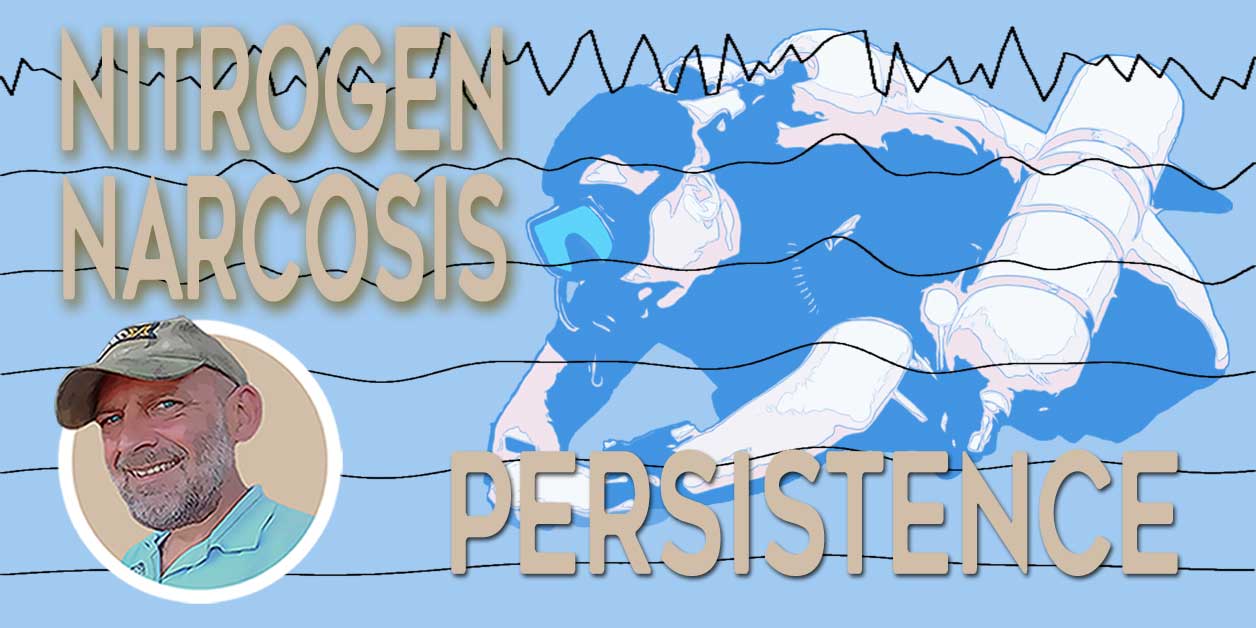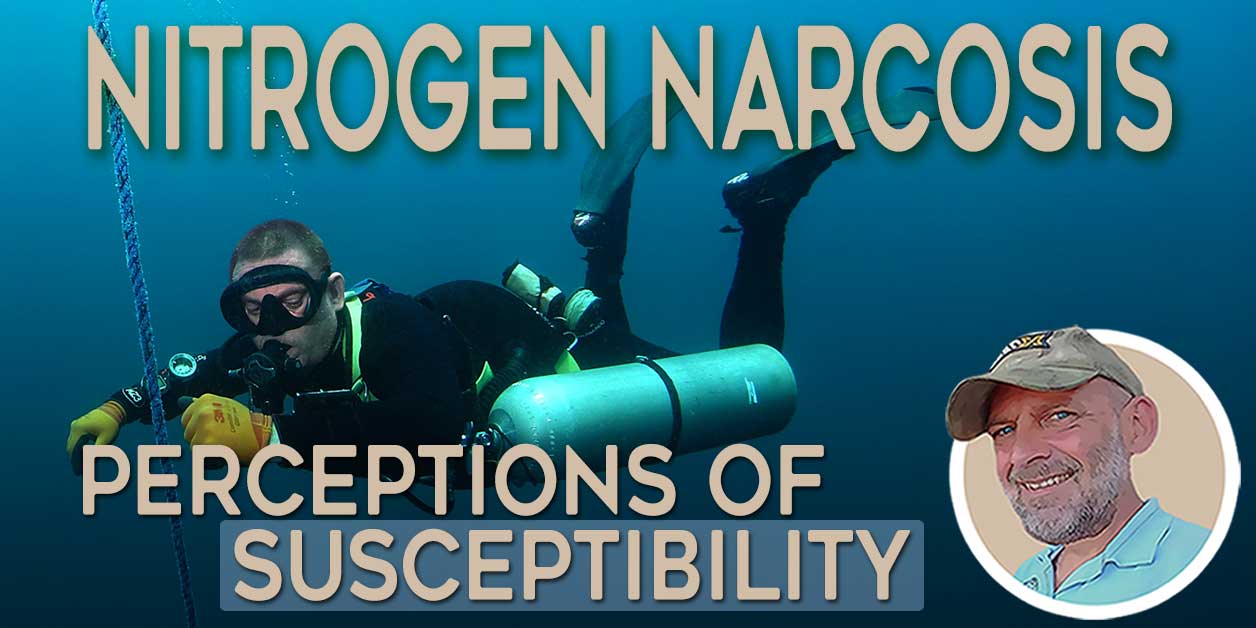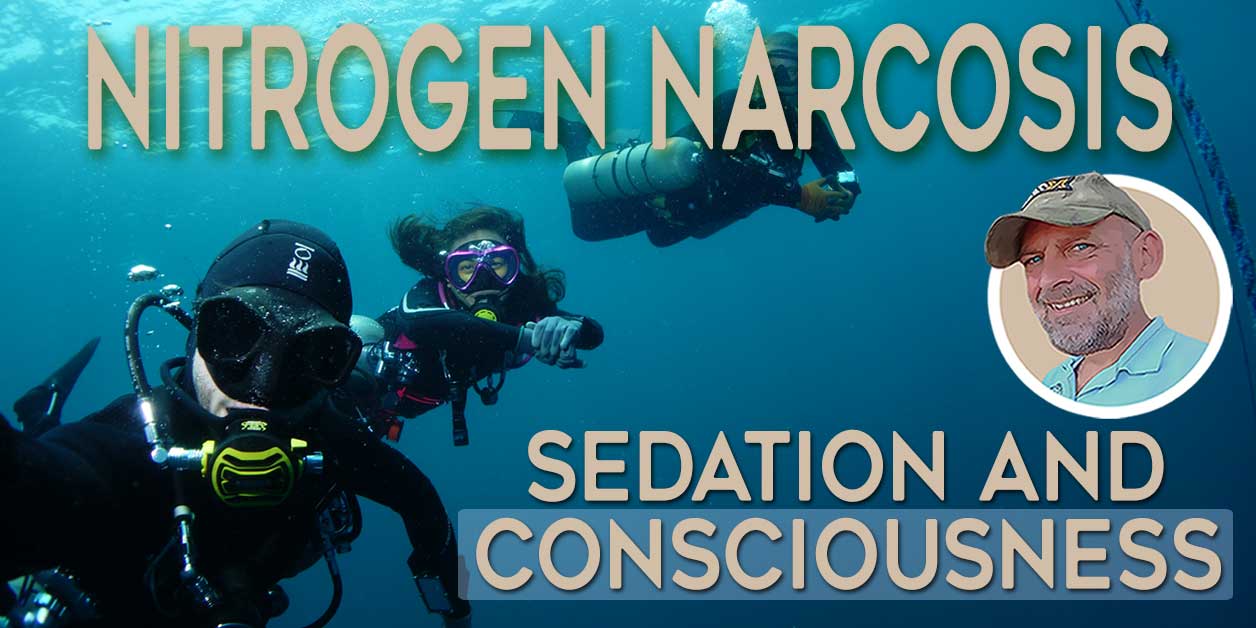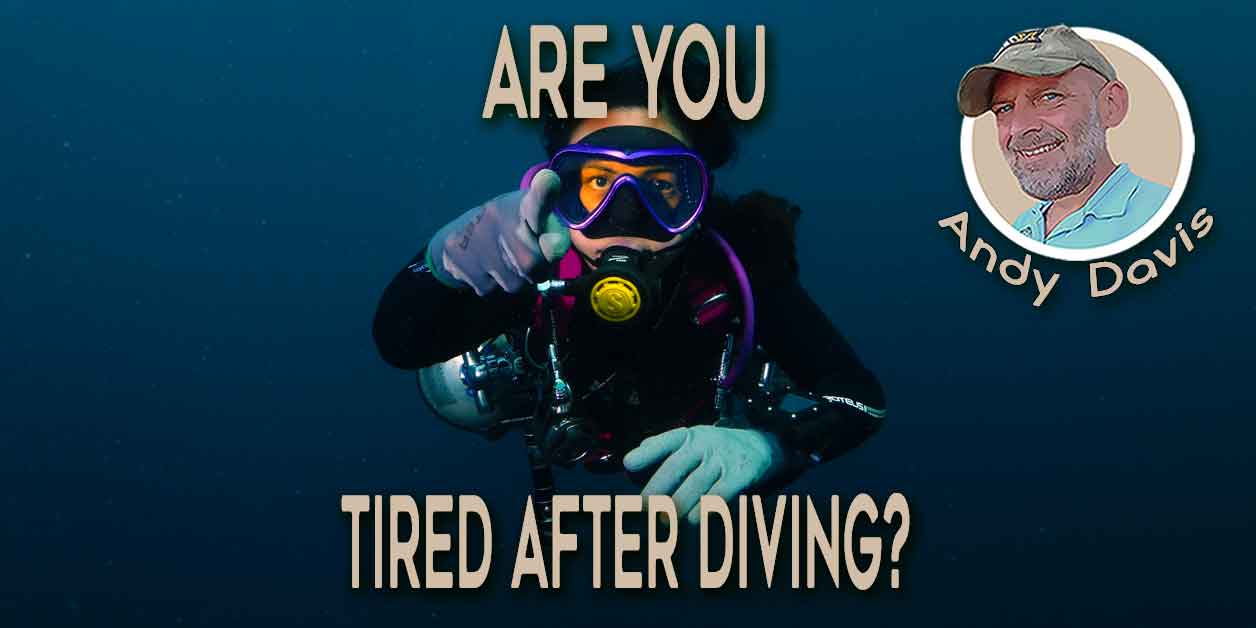Originally posted 2021-05-27 12:23:28.
CO2 narcosis and hypercapnia when scuba diving
Diving is an exciting activity that lets you explore the breathtaking beauty of the underwater world. However, it comes with certain risks. CO2 narcosis and hypercapnia are two conditions that you need to know about as a scuba diver!
CO2 narcosis occurs as a result of CO2 retention, known as hypercapnia. It is far more commonly encountered than its well-known counterpart, nitrogen narcosis.
Despite the prevalence of CO2 narcosis, many scuba divers remain unaware of its symptoms and signs. As a result, it is normally confused with nitrogen narcosis or dismissed as inexplicable anxiety. This lack of knowledge prevents divers from taking three easy steps to avoid it. In this article, I will delve deeper into the issue of CO2 narcosis and provide invaluable insights for divers to avoid and manage hypercapnia.
A commonly asked question about hypercapnia when scuba diving
I regularly hear scuba divers comment about feeling narcosis abruptly after descending on a scuba dive. Sometimes those symptoms are accompanied by headaches. Here is an example, which was asked in an online diving forum:
QUESTION: I was having trouble with headaches off and on during diving, which we think might be due to CO2 retention. It improved a lot with taking very deliberate deep breaths rather than what I thought were deep breaths. I also experienced some nitrogen narcosis for the first time. 113 ft on 31% nitrox, which is normally a depth that I’ve been to multiple times before and haven’t had any issues with. I think the precipitating factor was that I had taken some Dramamine before, and wasn’t feeling anywhere near 100% before the dive. It resolved at 90 ft, and I felt totally normal at 70 ft. I think the biggest symptom of narcosis for me this time is anxiety, in addition to very fuzzy feeling head. Sometimes notice very mild symptoms when I’m below 90 ft for a while, which I definitely have done more on this trip than before because my air consumption has been good, and the limit for me is the ndl time rather than air.
My answer was that it was likely that the individual was suffering from narcosis; as a result of CO2 retention, known as hypercapnia.
Many scuba divers are unaware of CO2 narcosis. The issue is not well-educated in scuba diving training. As a result, divers do not know that this issue can be easily avoided.
What is CO2 narcosis?
CO2 is far more narcotic than nitrogen. It typically onsets much more quickly given that it’s an internal product of respiratory metabolism. Unlike nitrogen, CO2 does not need to be slowly absorbed into the body as a result of a partial-pressure differential. CO2 narcosis is commonly known as ‘dark narc’ because it usually manifests through psychological symptoms of unease; building up into an inclination to active panic when severe.
When scuba divers feel inexplicable anxiety whilst diving, there is a good chance that CO2 narcosis is the culprit.
CO2 narcosis can diminish quickly as you ascend – because you’re lowering the partial pressures and you’ll expire it rapidly as a natural course of respiration. The problem is that someone ascending may have already entered an acute stress response due to the narcosis. That usually means increased exertion and rapid, shallow breathing. This results in more CO2 being created and retained in the body.
In contrast to CO2 narcosis, nitrogen narcosis is much slower in onset. It can take up to 15mins to become observable when diving at a depth of 30m (100′) according to scientific studies.
Nitrogen narcosis is also persistent. Contrary to what is commonly taught, it doesn’t go away swiftly on the ascent. As divers, we know that it takes quite some time for our bodies to release nitrogen. Again, in studies, persistent nitrogen narcosis was recorded over 30mins after surfacing from deeper dives.

How to reduce CO2 narcosis
Reduce CO2 narcosis by avoiding hypercapnia. There are four steps that you can take to do that. I’ve ranked these steps in order of effectiveness below:
1. Reduce exertion
Improving fundamental diving skills and making dive gear streamlined reduces exertion when diving. Novice divers use far more energy on a dive than skilled divers. As a consequence of that exertion, a greater amount of CO2 is metabolized in the body. Whilst still improving your diving proficiency, control your exertion by slowing down the pace of a dive. Make a habit of taking regular breaks where you stop and breathe deeply to flush out any accumulation of CO2.
2. Reduce your descent speed
Rapid descents when scuba diving can spike the level of CO2 inside your buddy. It isn’t uncommon for less experienced divers to exert themselves on the surface before descending. Assume that you have excess CO2 at the start of your dive. Slowing your descent rate gives you time to remove that CO2 before the effects of pressure at depth amplify it.
3. Limit gas density
As you descend on a scuba dive the density of gas that you breathe increases. Scientific studies have proven that increased gas density reduces respiratory efficiency in removing CO2 from the body.
Consequently, Divers Alert Network (DAN) published guidelines on recommended maximum gas density. The maximum recommended gas density is 5.2g/L. That corresponds to 31m (101′) if you are using air for your dive.
Beyond that depth, helium can be added to reduce gas density in the breathing mix. For that reason, several dive training agencies now recommend trimix for deep recreational dives. Sadly, other agencies have turned a blind eye to the DAN recommendations.
4. Improve cardiovascular fitness
It’s better to deal with the causes (see points 1 & 2) rather than the symptoms. However, improved cardiovascular fitness will decrease CO2 metabolism for a given level of exertion and the corresponding respiratory demand.
It’s also worth noting that there is individual variance in one’s susceptibility to CO2. There are published US Navy studies that show some people have a more attuned innate response to elevated dissolved CO2 (their respiratory rate/depth naturally increases quickly), whereas others physiologically respond more slowly to elevated CO2 levels; they need to consciously act to change their respiratory function. People can also physiologically acclimate to higher CO2; for instance, smokers develop more tolerance to CO2 (I’m not suggesting to start smoking!).
Don’t let CO2 narcosis ruin your dives
Scuba diving can be an incredible experience, allowing you to explore the mysteries of the deep. However, as with any adventure sport, there are risks involved. Two of the most serious dangers divers face are CO2 narcosis and hypercapnia. In this article, we explored the issue of CO2 narcosis in greater detail and hopefully provided valuable insights for divers seeking to stay safe underwater.
Surprisingly, CO2 narcosis is more common than nitrogen narcosis, yet many divers remain uninformed about its symptoms and risks. This lack of education can result in serious consequences. Fortunately, by understanding the four-pronged approach to reducing hypercapnia during dives, divers can take proactive steps to avoid and address these problems.
About The Author

Andy Davis is a RAID, PADI TecRec, ANDI, BSAC, and SSI-qualified independent technical diving instructor who specializes in teaching sidemount, trimix, and advanced wreck diving courses.
Currently residing in Subic Bay, Philippines; he has amassed more than 10,000 open-circuit and CCR dives over three decades of challenging diving across the globe.
Andy has published numerous diving magazine articles and designed advanced certification courses for several dive training agencies, He regularly tests and reviews new dive gear for scuba equipment manufacturers. Andy is currently writing a series of advanced diving books and creating a range of tech diving clothing and accessories.
Prior to becoming a professional technical diving educator in 2006, Andy was a commissioned officer in the Royal Air Force and has served in Iraq, Afghanistan, Belize, and Cyprus.
In 2023, Andy was named in the “Who’s Who of Sidemount” list by GUE InDepth Magazine.









